Books that Leaders are Reading and Hiding from You

What does it take to make a company that’s loved by its staff? Haruki Osawa share with us
The original article “15 books to help build up an ideal organization” is a part of the WORK MILL with Forbes JAPAN Issue 4 -loved company ©WORK MILL, published on April 11, 2019
Haruki Osawa
Manager of organizational development designing at Link and Motivation and executive director of OpenWork. Since joining Link and Motivation, Osawa has engaged in enterprise organizational reform. He led the planning department of a new business before being promoted to his current post.
Motivate Your Team Members
1-When your team is worn out
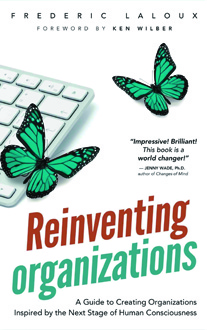
By Frédéric Laloux
Published by Nelson Parker
There are numerous types of organizational structures in the enterprise world such as top-
down and pyramid models. This book introduces the Teal organization, a progressive organization model that could become the next norm. In a Teal organization, instead of being managed, employees work autonomously to adapt to change.
2-A hint to managing millennials
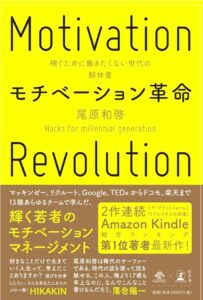
Motivation Revolution
By Kazuhiro Obara
Published by Gentosha
Millennials were born into a world of no want. They don’t yearn for material goods or social status. They’re the “generation of no thirst.” Upon the premise that humans are not completely rational economic beings but only partially rational emotional beings, this book helps the reader to understand the “generation of no thirst.”
3-Support for both the management and the team
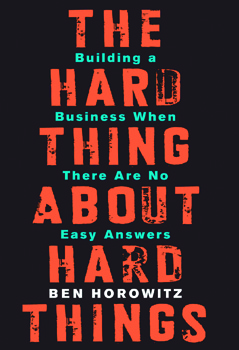
Hard Things
The Hard Thing About Hard Things
By Ben Horowitz
Published by Harper Business
Ben Horowitz is one of Silicon Valley’s most prominent venture capitalists and has invested in Facebook and Twitter. In this book are raw accounts of how to face “hard things” that management must deal with such as recession, bankruptcy, and fund shortages.
Make your Work Productive
1-Approaching the organization and the individual
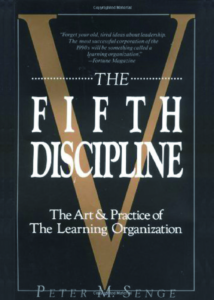
The Fifth Discipline
By Peter M. Senge
Published by Currency
How can a company achieve self-fulfillment of the individual and maximization of organizational results?
Based on the “systems thinking” method where organizations should have the ability to learn, this masterpiece explains a reproducible process on how to superimpose individual and organizational visions.
2-Making a lean, mean, problem-solving machine

Visualization
By Isao Endo
Published by TOYO KEIZAI
This book describes how to create a highly efficient organization where each individual can solve problems without being nagged by their bosses or the management. The process of visualization is categorized into five parts with plenty of examples along with ten key points for implementing visualization.
3-For non-productive work styles
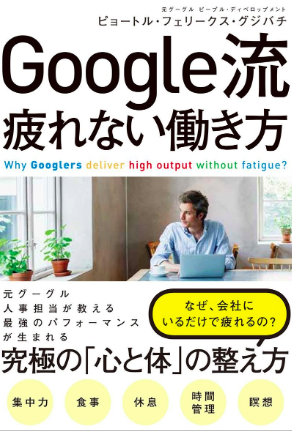
Why Googlers Deliver High Output Without Fatigue?
By Piotr Feliks Grzywacz
Published by SB Creative
While the two publications to the left handle the efficiency of the team and the organization, this book has suggestions on efficiency for the individual. The consistent message is about how anybody can control how they use their time and emotions, and how they eat, sleep, and exercise. It’s the self-management of the body and soul.
Be More Creative Company
1-How to build a creative team
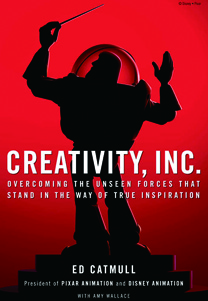
Creativity Inc.
By Ed Catmull
Published by Random House
A book by Ed Catmull, the president of Pixar and Disney Animation Studios. The reason both studios keep creating worldwide hits lies in not the hands of a single genius creator, but the organization and culture where talented and ambitious employees can keep working efficiently.
2-From principles and rules to ready ideas
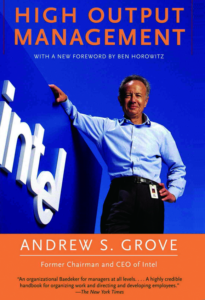
High Output Management
By Andrew S. Grove
Published by Vintage
Even 30 years after its release, this book still shines. To maximize output as a manager, one must focus on the efficiency of the team and not just oneself. This book elucidates how to utilize managerial leverage (i.e. leveraging the team’s output).
3-The ray of light for an organization that’s lost creativity

the Genius
The Mediocre Killing the Genius
By Yuiga Kitano
Published by Nikkei Publishing
This book defines genius, talented, and ordinary person, and explains that each talent may work positively or negatively in the organization. It’s not as simple as “genius is good, mediocre is bad.” This book illustrates how organizations are a cooperative system that cannot be broken down into such clear-cut categories.
Build Good Teamwork
1-Learn how to engage with your team
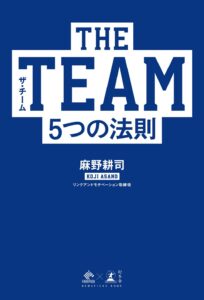
The Team
By Koji Asano
Published by Gentosha
Almost every businessperson works on or with a team, but nobody is systematically taught about team buildings at school or in society. The world is brimming with “team theories” based on idealism and experience. This book scientifically analyzes the principle of teams and introduces the basic rules to working with teams.
2-Scientifically proved factors of a strong team
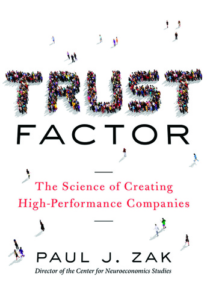
Trust Factor
By Paul J. Zac
Published by AMACOM
Is the rift between successful and unsuccessful teams whether a “culture of trust” has been nurtured? The author, a neuroscientist, proposes 8 management policies for creating trust within a team (OXYTOCIN). A tour de force on corporate culture since E. H. Schein.
3-From preparation to training
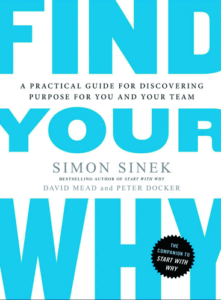
Find Your Why
By Simon Sinek
Published by Portfolio
Everyone has asked themselves at least once in their life WHY they exist, WHY the team exists, but got lost trying to find the answer. Over the course of 25 years, this book has devised how to find the answer to all the WHYs, helping to bring fulfillment to the individual and the team.
Recruit the Right Person
1-Not just for recruiters, but all businesspeople
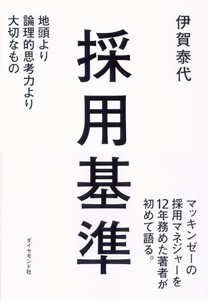
Recruiting Standards
By Yasuyo Iga
Published by DIAMOND
What does McKinsey & Company, the world’s greatest consulting firm, look for most when recruiting? Intelligence and logical thinking are obviously important. But what comes before everything is leadership. This book delves into the leadership of true global leaders.
2-Recruiting capable management
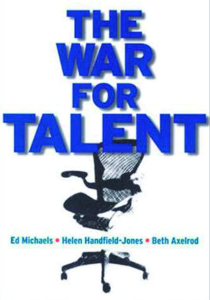
War for Management
By Ed Michaels
Published by Harvard Business Review Press
This book is based on McKinsey’s research on the differences a high-achieving company has compared to an average achieving company when it comes to HR strategies. It became clear that high-achieving companies focus more on “acquiring and training managerial personnel” than the “HR process.”
3-A new point of view for after being hired and even after leaving
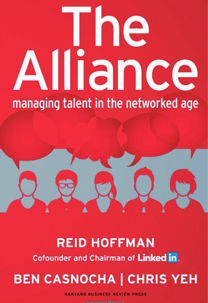
The Alliance
By Reid Hoffman
Published by Harvard Business Review Press
The days of lifetime employment and the inter-restricting relationships between companies and individuals have passed, and it’s normal for one to change jobs in just a few years. Companies and individuals are now free to choose one another. This book shows how management and HR should approach the individual in this fluid society.






